The Science Behind Toast Bread Packaging- How It Works
The Science of Toast Bread Packaging: A Closer Look
Toast bread, a staple in many households, is often packaged in specialized bags or boxes to maintain its freshness and prevent spoilage. While the packaging may seem simple, there’s actually significant science behind how it works. Let’s delved into the intricacies of toast bread packaging and explore the various elements that contribute to its effectiveness.
The Role of Moisture Control
One of the primary functions of toast bread packaging is to control moisture. Bread, like other baked goods, naturally loses moisture over time, leading to dryness and a stale texture. Packaging helps trap moisture within the bread, preventing it from evaporating. This is achieved through the use of materials with low moisture permeability, such as plastic films or aluminum foil. Additionally, some packages incorporate moisture-absorbing materials, such as silica gel packets, to further reduce humidity.
Preventing Oxidation
Oxidation is a chemical reaction that occurs when oxygen interacts with fats and oils, causing them to break down and produce off-flavors and rancidity. Toast bread packaging plays a crucial role in preventing oxidation by creating an oxygen-free environment. This is accomplished through the use of airtight seals, which prevent oxygen from entering the package. In addition, some packaging materials contain antioxidants, which neutralize free radicals and slow down the oxidation process.
Maintaining Texture and Freshness
The texture of toast bread is an essential factor in its overall desirability. Proper packaging helps maintain the bread’s soft and chewy texture by protecting it from physical damage and moisture loss. Structural elements, such as rigid boxes or thick plastic bags, provide external support and prevent the bread from becoming crushed or misshapen. Additionally, flexible packaging materials allow the bread to breathe slightly, preventing it from becoming soggy or dense.
Preventing Contamination and Spoilage
Toast bread packaging is designed to prevent contamination by bacteria, mold, and other microorganisms that can cause spoilage. The use of hermetically sealed packages creates a physical barrier that prevents the entry of contaminants. Additionally, the packaging materials themselves may contain antimicrobial agents or be treated with irradiation to further reduce the risk of microbial growth. By preventing contamination, packaging helps extend the shelf life of toast bread and ensures its safety for consumption.
Labeling and Environmental Considerations
Beyond its protective functions, toast bread packaging also serves as a source of information and plays a role in sustainability. Packaging labels provide consumers with essential details about the product, such as nutritional information, ingredients, and storage instructions. Additionally, packaging materials are increasingly being designed with environmental considerations in mind. Biodegradable or recyclable materials are often used to reduce the environmental impact of packaging waste.
Conclusion
The science behind toast bread packaging is a testament to the intricate interplay of materials science, chemistry, and engineering. By controlling moisture, preventing oxidation, maintaining texture, preventing contamination, and providing essential information, packaging plays a crucial role in ensuring the freshness, quality, and safety of toast bread for consumers. As technology advances, we can expect continued innovation in toast bread packaging, further enhancing its protective and sustainable properties.
-
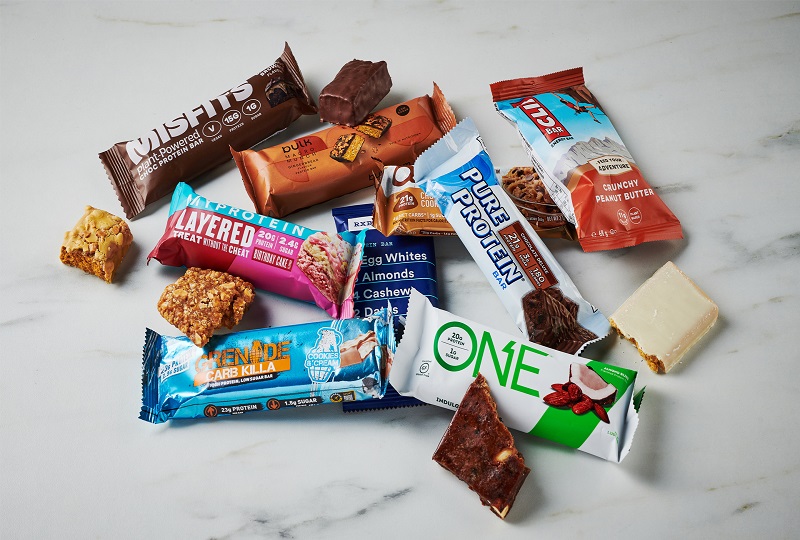 01
01Further Discussion About Protein Bar Packing Machinery
27-02-2024 -
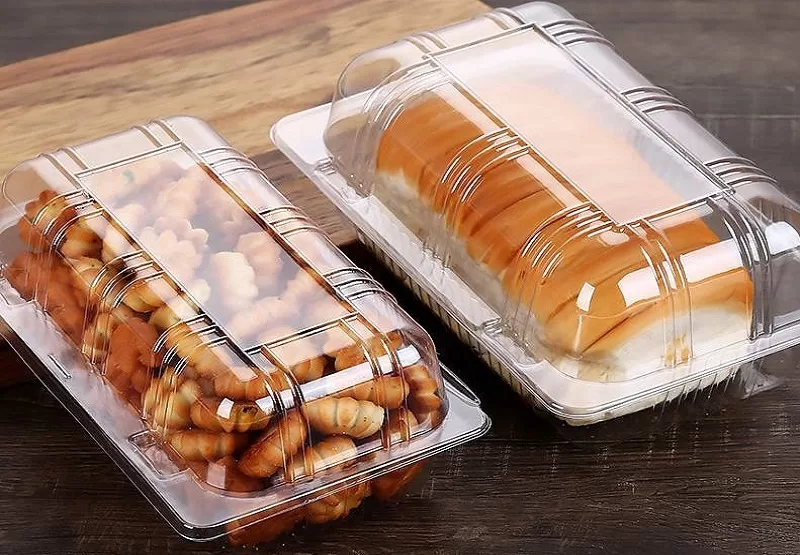 02
02Sustain The Best Crispy With Automatic Packaging Machines
29-01-2024 -
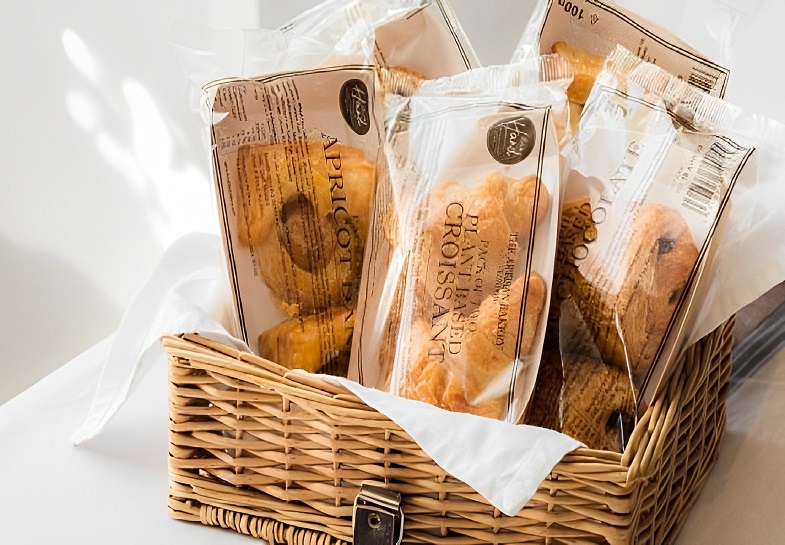 03
03Bread Packing Machine For Bakery Business
19-01-2024 -
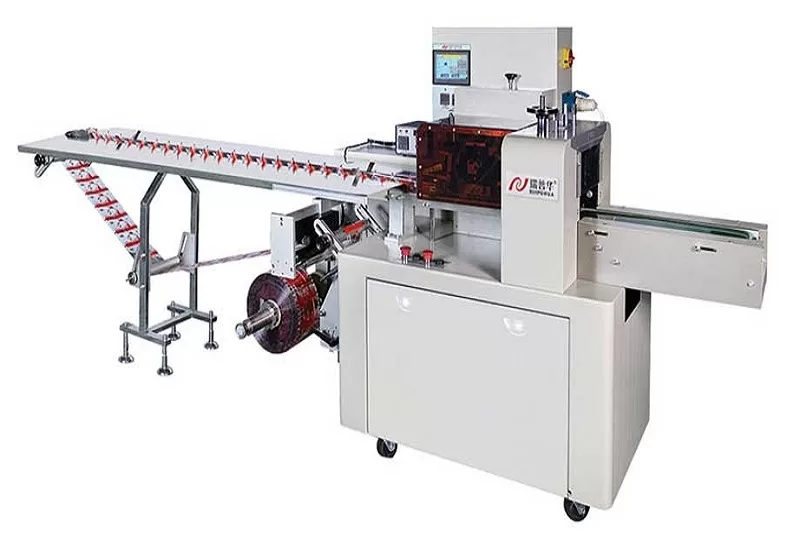 04
04How Flow Wrappers Are Adapting to Changing Trends
01-11-2023 -
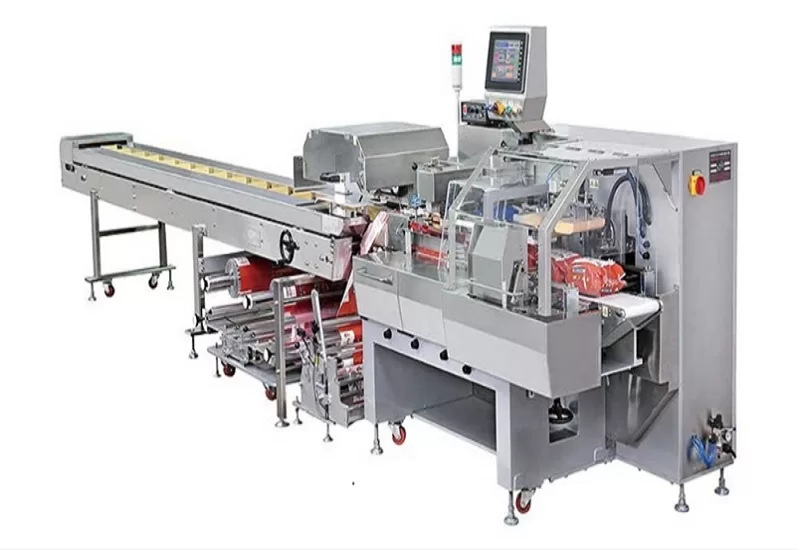 05
05The Comprehensive Guide to Packaging Machinery
31-10-2023 -
 06
06Automatic Cookie Packaging System Performance
01-09-2023 -
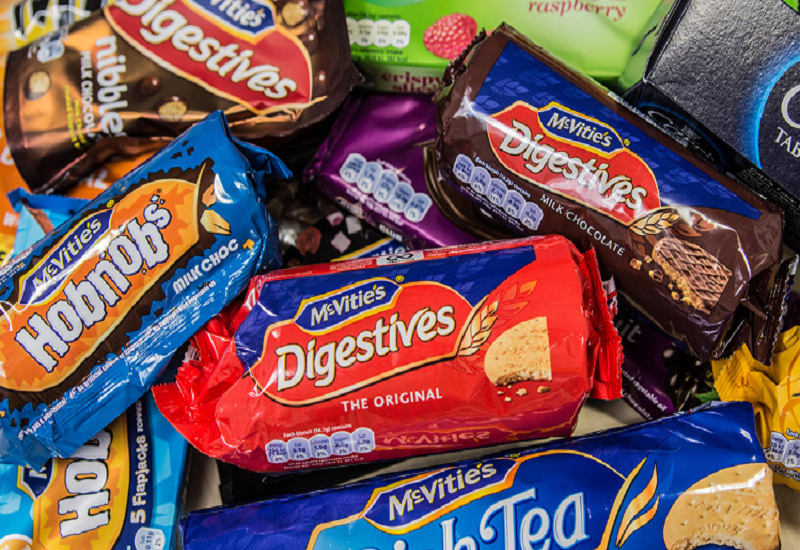 07
07Streamlining Biscuit Packaging with Multipack Biscuit Packaging Machines
25-08-2023 -
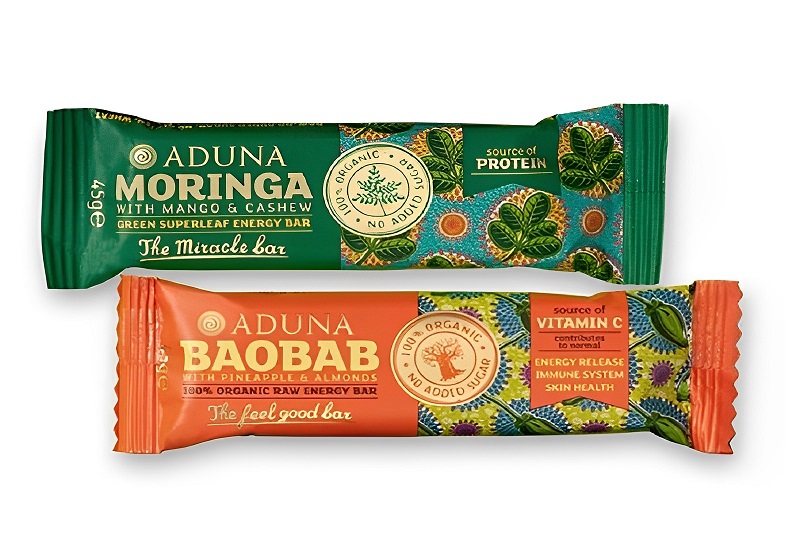 08
08From Assembly To Shipping: The Energy Bar Packaging Machine Does All
28-02-2023 -
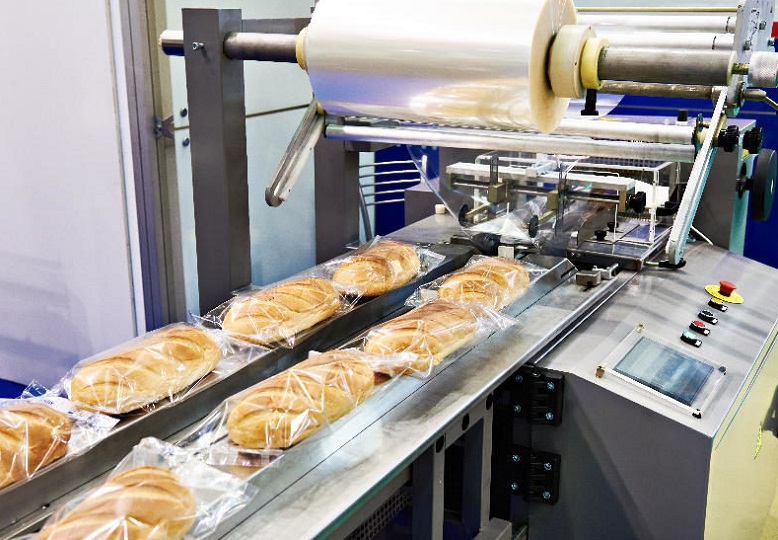 09
09Maximizing Efficiency With Food Packaging Machine Technology
22-02-2023 -
 10
10Clients Hunt For Professional And Functional Packaging Machine
10-11-2022






